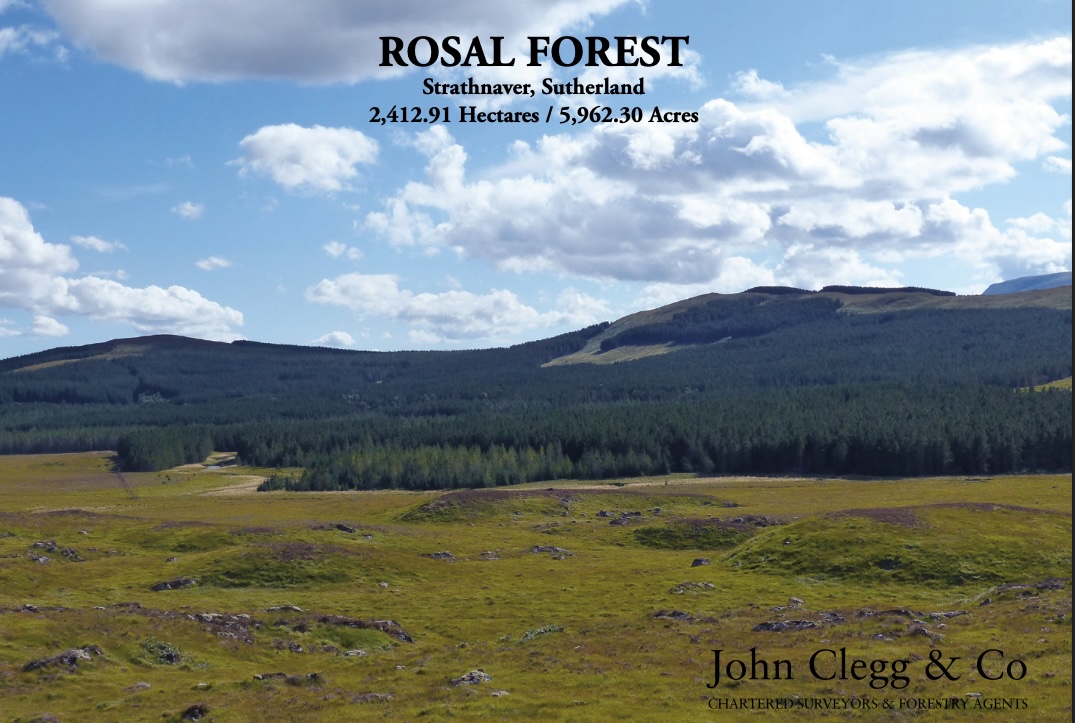Land Reform (Scotland) Bill (2)
Following my first blog on the Land Reform (Scotland) Bill, I will be following up with others including having a look at transfers of land of over 1000 ha in extent over the past few years to assess how the Bill might be engaged had it been in force at the time.
I will start with some particular landholdings – those owned by Scottish Ministers. They are of interest for two reasons.
First, they highlight a flaw in the legislation whereby Scottish Ministers will have to notify themselves when they intend to sell land over 100 ha and will then have to take a decision about inviting later registration applications and lotting over land they are wanting to sell. Such a conflict of interest is not acceptable.
Second, they are of interest because Scottish Ministers have publicly-stated ambitions in relation to land reform and indeed have legislated to this effect. The Land Rights and Responsibilities Statement forms Part I of the Land reform (Scotland) Act 2016. Three of its provisions read as follows.
- There should be a more diverse pattern of land ownership and tenure, with more
opportunities for citizens to own, lease and have access to land. - More local communities should have the opportunity to own, lease or use
buildings and land which can contribute to their community’s wellbeing and future
development - There should be transparency about the ownership, use and management of land,
and this information should be publicly available, clear and contain relevant detail.
Section 3 of the 2016 Act states that
Scottish Ministers must, in exercising their functions and so far as reasonably practicable, promote the principles set out in the land rights and responsibilities statement.
So how Ministers have reflected the principles above and their duty under the Act comes into particularly sharp focus when they exercise their role as landowners.
In Part 2 of a report published in November last year on forest ownership, the authors make the following comment. (1)

This blog examines these sales, who the land was sold to and to what extent the sales have reflected the principles set out above. In doing so it is worth noting that I include a number of sales that took place before the 2016 Act was contemplated.
| Date Sold | Property | Extent (ha) | Sold to | Price |
| 27 Feb 2009 | Auchenvey & Garcrogo | 1028 | Czernin-Kinsky Scottish Company Ltd. | £3,904,000 |
| 10 Nov 2009 | Acharossan | 1023 | Julia Hands | £7,100,000 |
| 20 Nov 2009 | Corrour | 1835 | Trustees of Corrour Trust | £3,750,000 |
| 5 May 2010 | Balinoe Plantation | 1195 | David Harding, London | £2,326,000 |
| 13 Jan 2011 | Ledmore | 1038 | George Storey, Dennis Storey & John Logue (N Ireland) | £807,120 |
| 8 April 2011 | Glen Shira (Lot 2) | 2098 | Duke of Argyll | not known |
| 6 Jun 2011 | Rimsdale Plantation | 1142 | Summerleaze Ltd. | not known |
| 14 Nov 2013 | North Otter | 1145 | Garth John Weston | £2,350,000 |
| 16 Jun 2015 | Rosal Forest | 2412 | Baron and Baroness Tanlaw | £1,500,000 |
| 26 Feb 2016 | Barracks | 4477 | Commercial Forestry LLP | £23,500,000 |
| 15 Dec 2016 | Glen Mailie & South Loch Arkaig | 1096 | The Woodland Trust | £469,892 |
| 28 Mar 2018 | Glenkirk Forest | 1181 | Jeremy Lloyd, London | £1,760,000 |
| 3- Sep 2020 | Glenvickaskill Forest | 1399 | Christopher McDowell, N Ireland | £2,025,000 |
Some of these properties have subsequently been sold to others. Some of these properties might have been sold via an obligation to sell to the previous owner (for example, Corrour might be an example of this). One of them was sold under the National Forest Land Scheme to the Woodland Trust and Arkaig Community Forest
Of the thirteen sales of land by Scottish Ministers of over 1000 ha, ten were to parties who already owned land, four of whom have continued to acquire more and more land. Excluding the Woodland Trust sale, 79% of the land was sold to parties who already own land in the neighbourhood (Corrour, Duke of Argyll) or owned land elsewhere in Scotland. These are among the owners responsible for the growing concentration of private landownership in Scotland. One of them was the focus of an earlier blog of mine (here and here) where I alerted then Minister, Paul Wheelhouse to the advertised sale which included a valuable clearance village. In response the land was withdrawn from sale before being re-advertised excluding the village of Rosal which was retained by Scottish Ministers and was subsequently the subject of an asset transfer request.
Scottish Ministers have been actively engaged in the increasing concentration of private rural landownership. That should give us all pause for thought when contemplating what, if anything, the new Bill might acheive.
NOTES
(1) See Hollingdale, J and Wightman, A. Forest Ownership in Scotland: A policy review, Forest Policy Group.

Thanks for this useful analysis, Andy. Maybe the problem is that without a proper budget and governance system that would come with Independence ( and certainly never without it!) the goals are always too ambitious for the means. Too priority must be to lower the price of landed property and remove incentives to hold or speculate in it for private gain. I.e tougher laws on ownership and transfers, plus transparency, plus land value taxation.